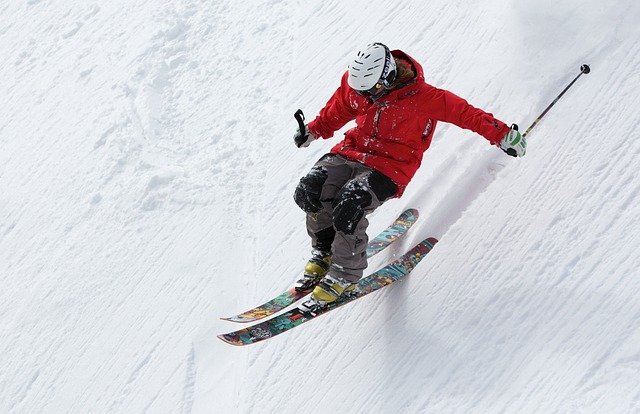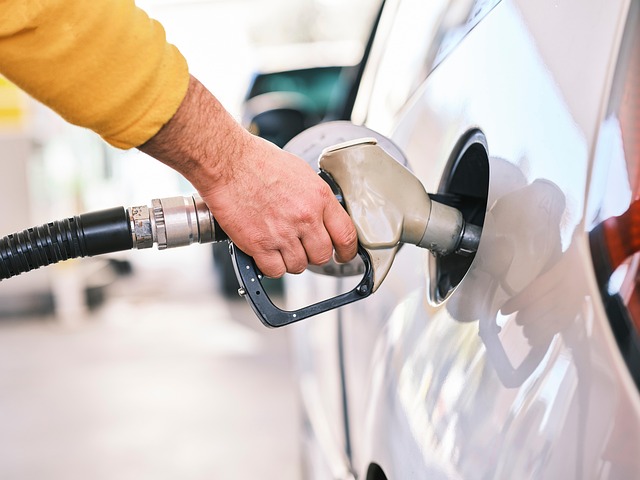Snowboards: Types, Uses, and Choosing for Mountain Conditions
Snowboards are purpose-built boards that let riders glide across snow on winter slopes, from groomed runs to deep powder fields. They combine materials like wood cores, fiberglass, and metal edges to balance flex, strength, and weight. Choosing the right snowboard affects control, comfort, and safety in varied mountain conditions. This article explains common snowboard shapes, how snow and winter conditions influence board choice, what to consider for mountain riding, and why powder demands specific design features so you can make clearer, well-informed decisions when shopping or renting.

What types of snowboard shapes exist?
Snowboard shapes generally fall into three families: directional, twin, and directional twin. Directional boards have a defined front and back and perform best when ridden mostly in one direction—useful for carving and freeriding. True twin boards are symmetrical and designed for park, tricks, and riding switch. Directional twins blend both traits for versatility. Within these categories you’ll also find differences in camber (arched), rocker (reverse camber), and hybrid profiles that affect pop, edge hold, and flotation. Matching shape to your riding style helps with stability and progression.
How does snow condition affect board choice?
Snow conditions—from hard-packed groomers to wet spring snow—change how a snowboard behaves. On icy or hard snow you want good edge contact and a stiffer board with defined camber to hold turns. Soft, slushy, or variable snow benefits from a slightly softer flex and a profile that helps initiate turns. Powder requires boards that provide flotation and prevent the nose from diving; factors like width, rocker in the nose, and setback stance matter. Regular waxing and edge tuning tailored to current snow improves performance across conditions.
What should you consider for winter riding?
Winter riding adds layers of temperature, clothing, and gear considerations that affect board choice. Boots and bindings should match board flex and your stance width. Cold temperatures can make some materials stiffer; a slightly more forgiving flex can be comfortable early and late in the season. Safety features—like a properly set binding forward lean and reliable leash systems where required—help prevent accidents. Maintenance matters: regular waxing keeps bases fast in cold, dry snow, while edge sharpening prevents slips on icy sections often encountered on mountain approaches and lift access routes.
How to pick a snowboard for mountain terrain?
Mountain terrain ranges from groomed runs to steep chutes and tree runs, and choosing a board depends on the mix you expect to ride. For all-mountain use, look for directional twin or slightly directional boards that combine stability at speed with enough maneuverability for tight terrain. Length typically aligns with rider height, weight, and preferred riding style—heavier riders or those seeking stability at speed often go longer. Board width must fit boot size to avoid toe or heel drag. Consider durability and base quality if you’ll encounter rocky outcrops or frequent off-piste travel in your area.
Why does powder require different boards?
Powder snow changes the physics of riding: you need surface area forward of the bindings for flotation and a profile that keeps the nose up. Powder-specific boards often have a fuller, rockered nose, a narrower tail, and a setback stance that shifts the rider’s weight rearward to improve float. Wider noses can plane on top of deep snow, while some designs use tapered shapes to shed snow and turn more easily. Riders in deep-powder terrain may prioritize shorter, wider boards for maneuverability, whereas mixed conditions favor a versatile board that still offers reasonable float.
Conclusion
Snowboards are engineered tools influenced by shape, flex, length, and profile to suit different snow types and riding ambitions. Understanding how snow and winter conditions interact with board design helps you choose a snowboard that matches mountain terrain and personal style. Regular maintenance—correct waxing, edge care, and checking bindings—keeps any board performing safely and predictably across seasons. With clearer expectations about snow, powder behavior, and terrain demands, riders can select or rent snowboards that enhance control and enjoyment on the slopes.



